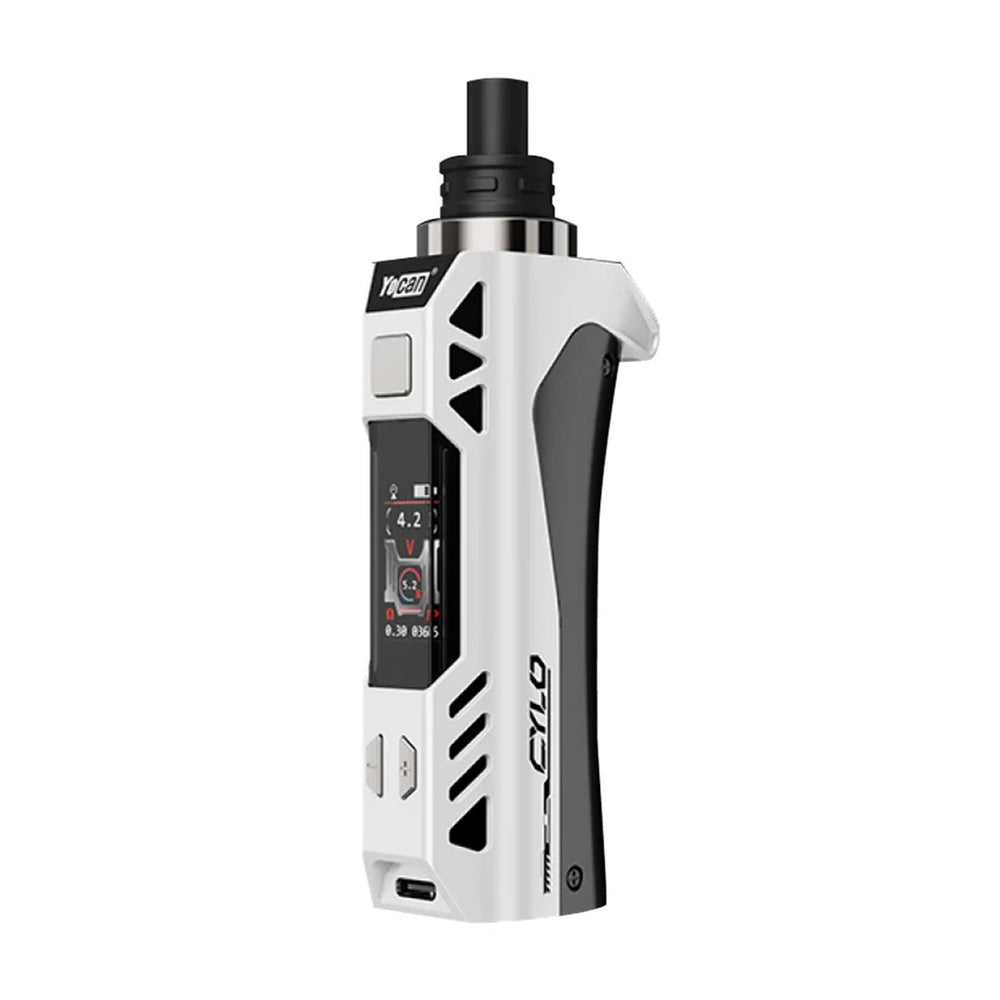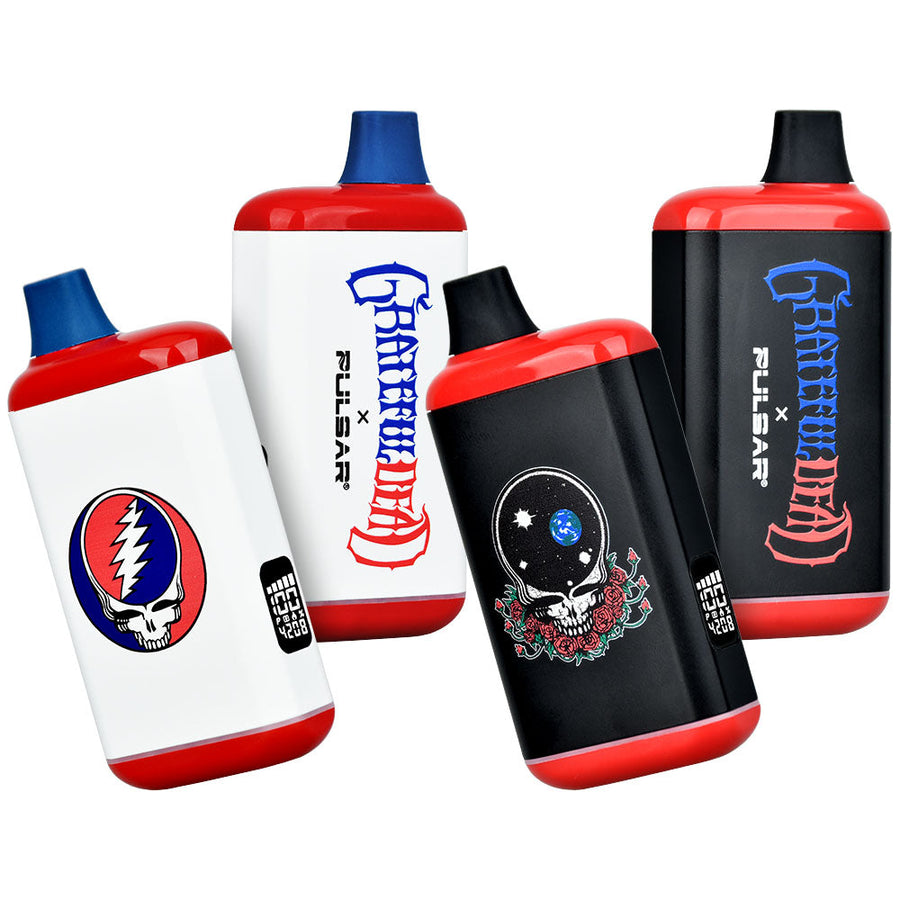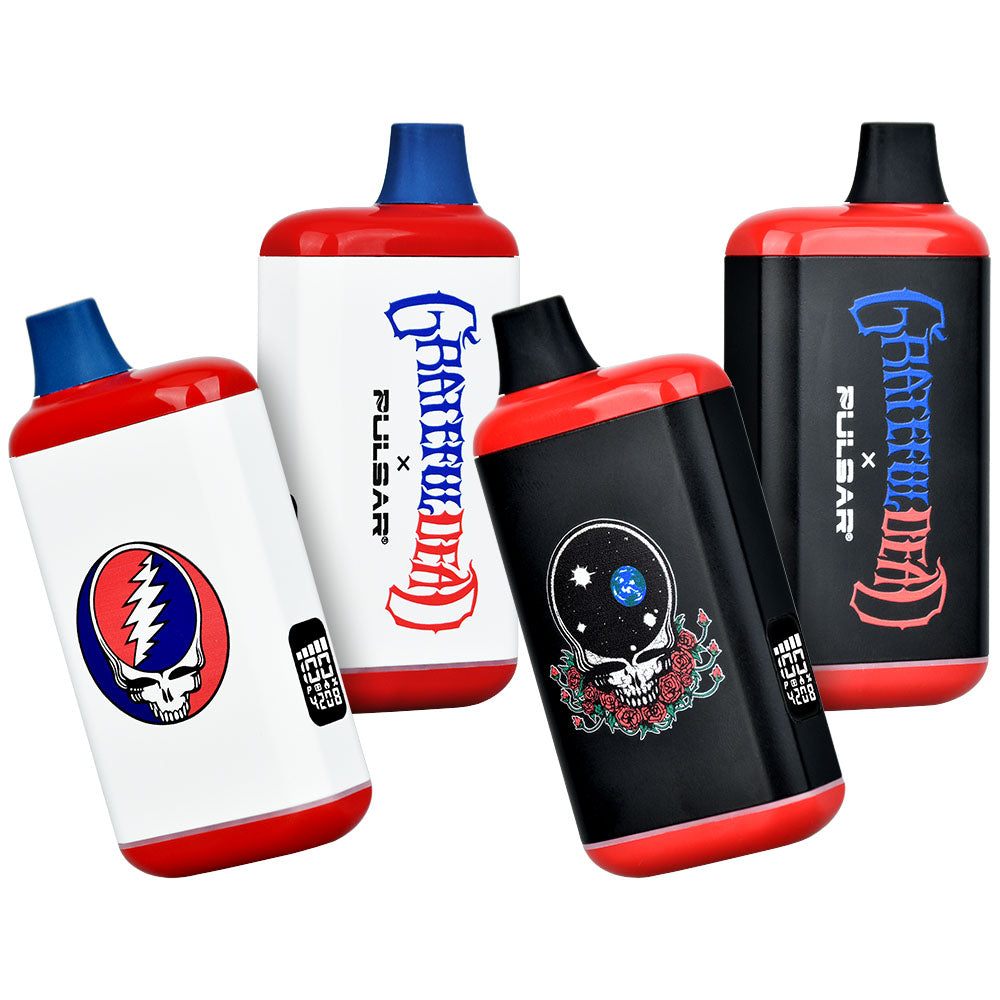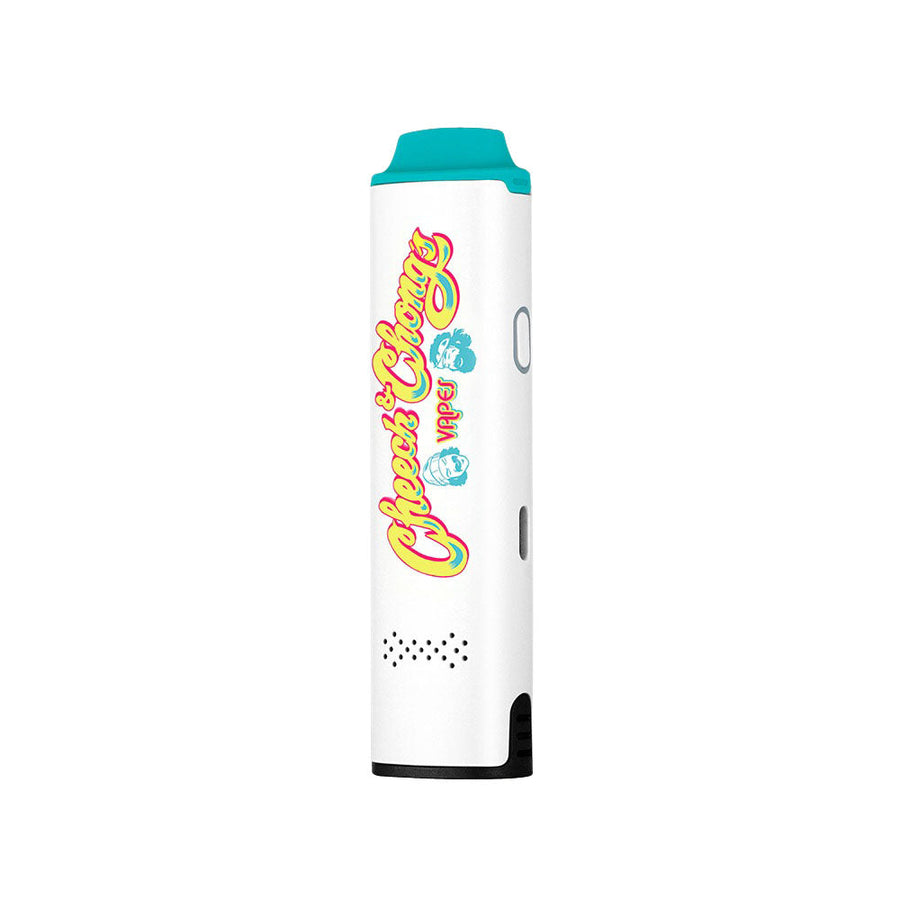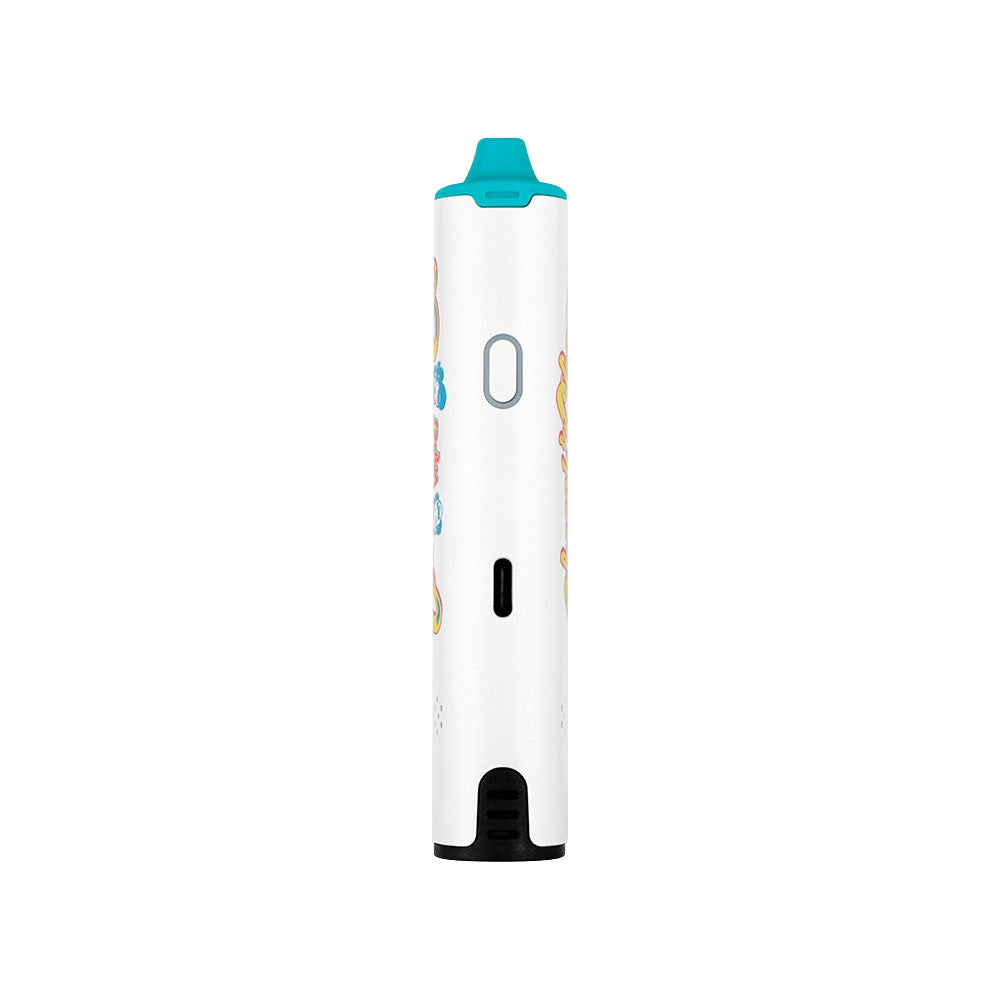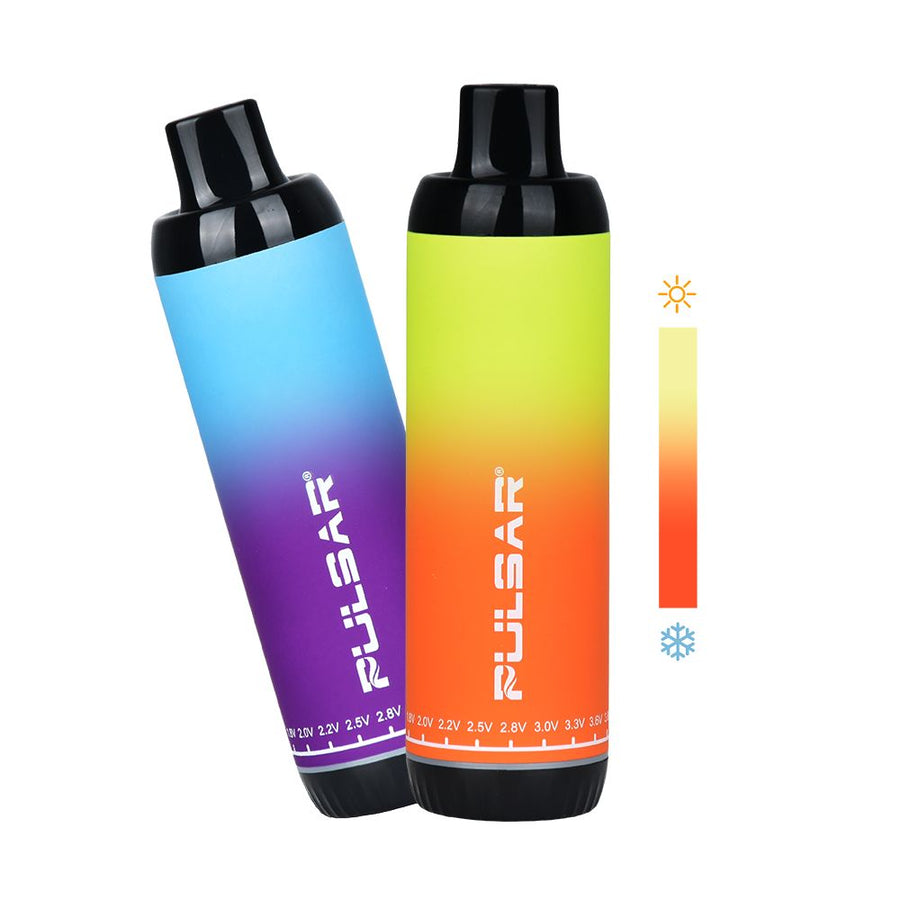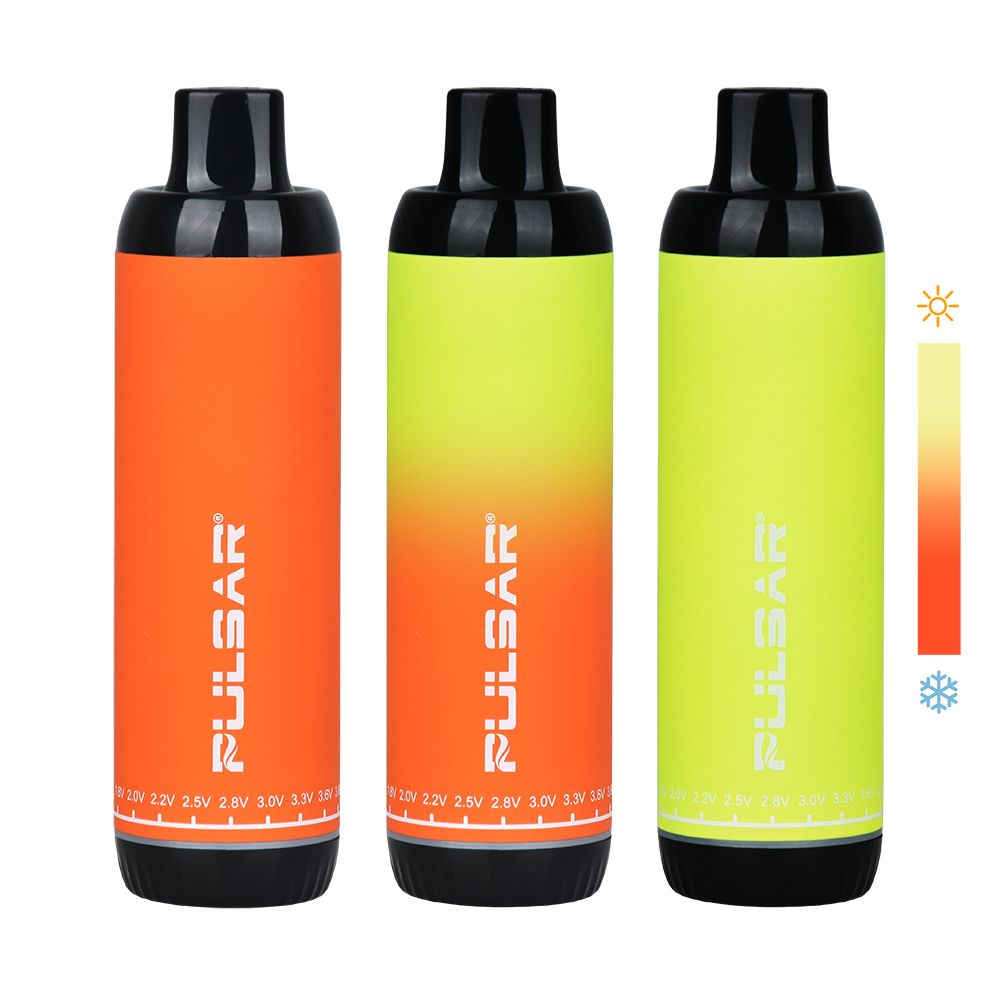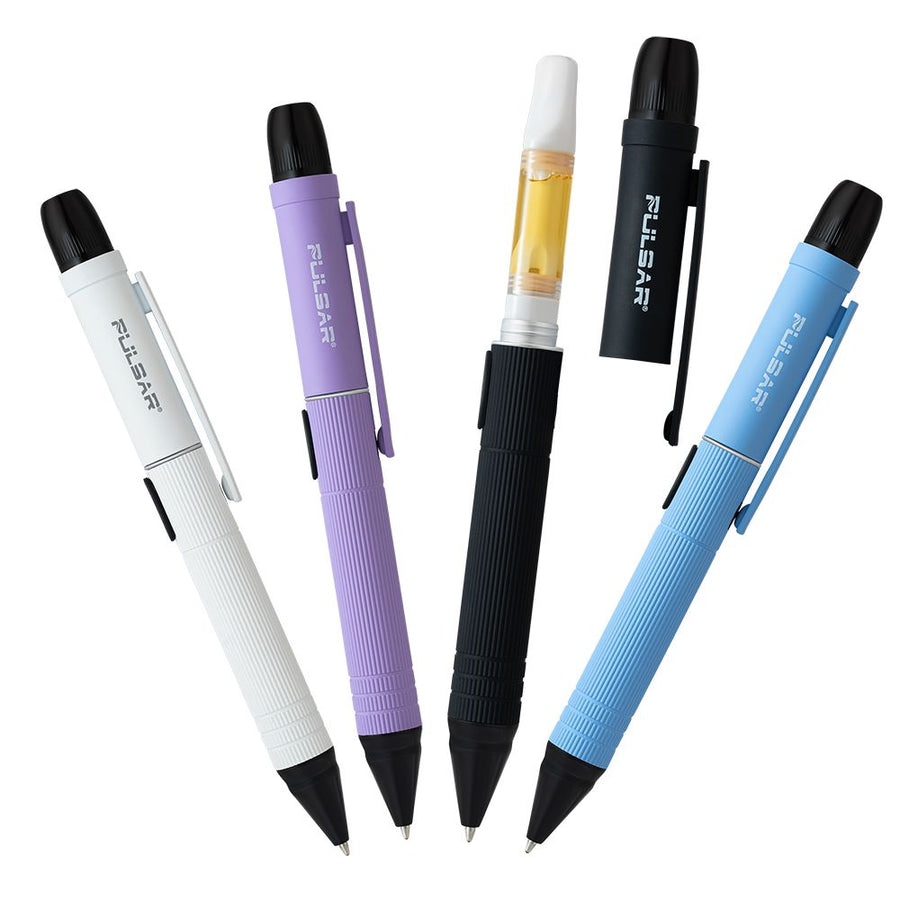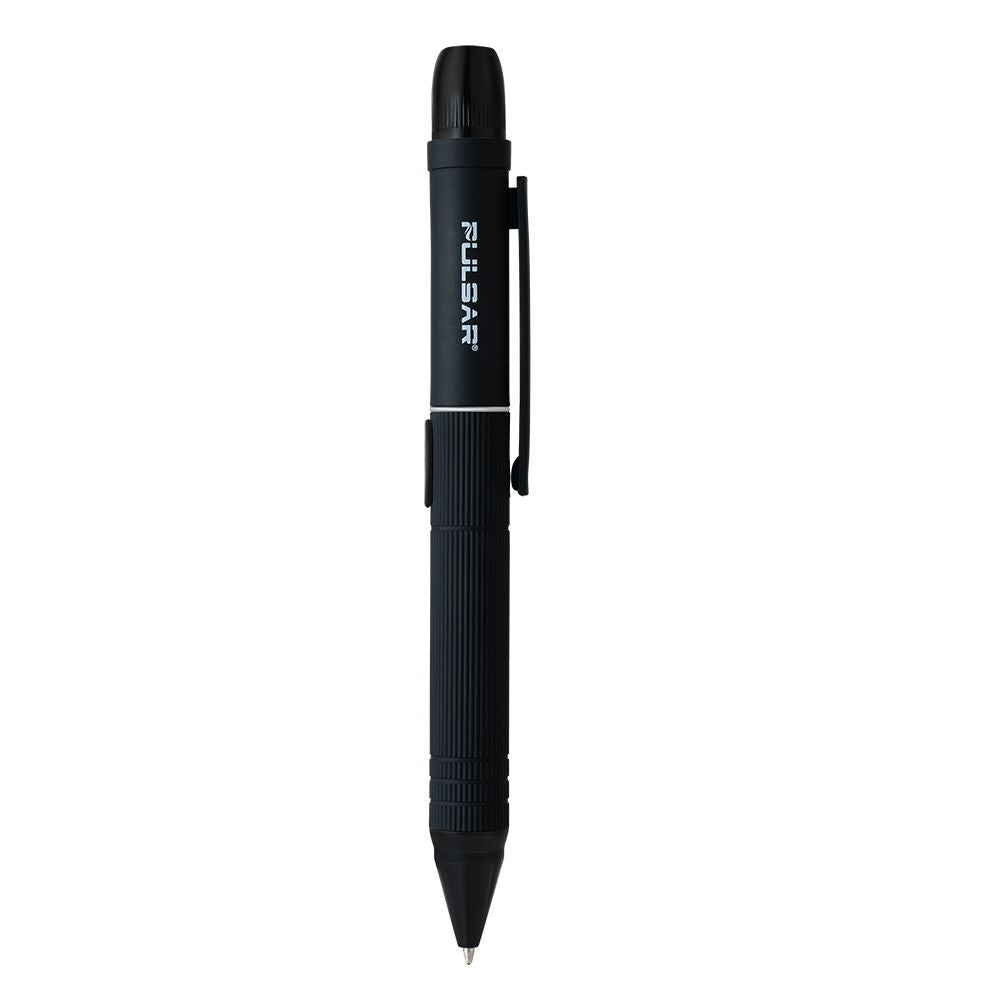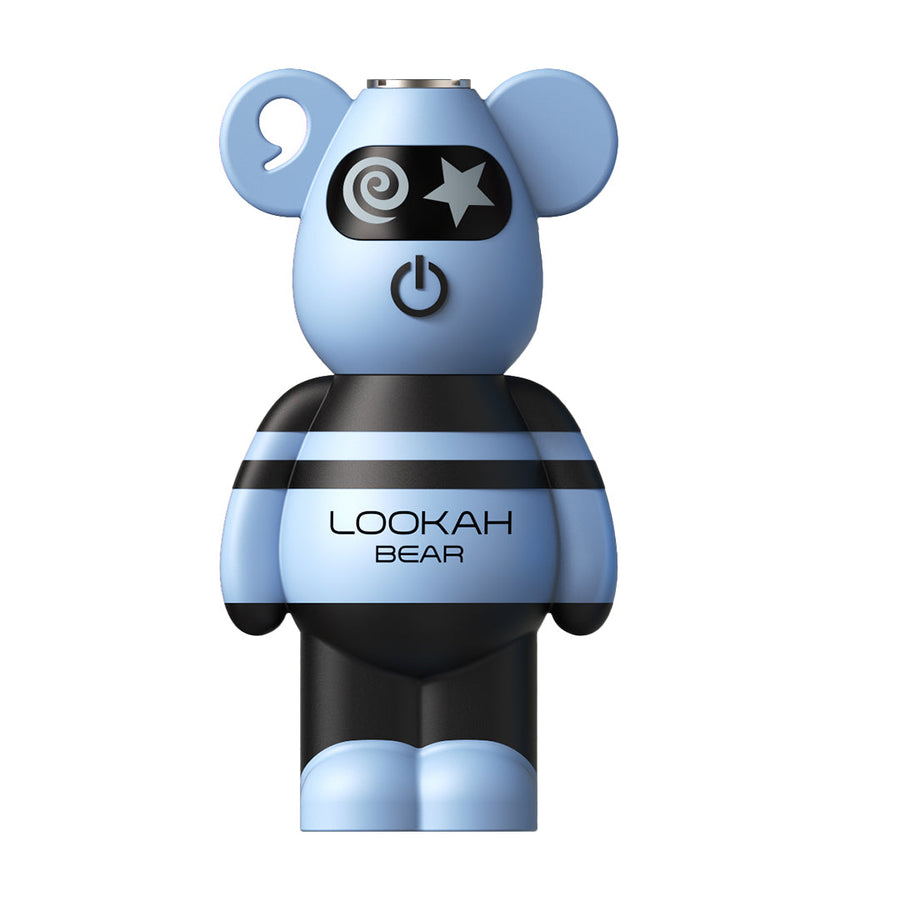What Are Glass Pipes Used For? Exploring Their Role in Smoking Various Substances

Glass pipes have many uses, but not everyone knows what they are for. They are commonly used for smoking substances like tobacco, cannabis, and other herbal blends. This blog will break down their roles in smoking and touch on safety tips too.
Keep reading to learn more about their uses and risks!
Common Uses of Glass Pipes
Glass pipes have become a popular choice for smoking different substances. They offer a simple, reusable way to enjoy various materials.
Smoking Tobacco
Glass pipes are a common tool for smoking tobacco. They deliver the smoke directly, making them easy to use. Water pipes or bongs are also popular for tobacco consumption. These devices filter smoke through water, but they still pose major health risks.
Studies show waterpipe use harms lungs much like cigarette smoking does.
Sharing glass pipes increases exposure to diseases and toxic byproducts from burned tobacco. Sterile materials can reduce these risks, but not eliminate them entirely. Legal restrictions may apply in some areas regarding possession of glass pipes used for this purpose.
Smoking Cannabis
Many people use glass pipes to smoke cannabis. These pipes are easy to handle and convenient for smoking. They allow users to enjoy THC from flowers, concentrates, or dabs without rolling a joint or blunt.
Some prefer them over bongs or vaporizers because they are portable and simple.
Using shared glass pipes can spread diseases like colds, flu, or others through saliva contact. Smoke from burned cannabis may also release harmful byproducts that affect health. It is safer to keep the pipe clean and not share it with others.
Proper care reduces health risks while enjoying cannabis responsibly.
Smoking Herbal Blends
Glass pipes are great for smoking herbal blends. Users often enjoy natural herbs like chamomile, lavender, or mint. These aromatic blends provide a smooth and flavorful experience.
Smoking accessories like glass bowls or hand pipes work well for small amounts of dried herbs.
Water pipes also help cool the smoke from herbal mixtures. This makes inhalation smoother and less harsh on the throat. Some users prefer vaporizing to avoid direct combustion altogether while enjoying the scents and effects of these blends.
Glass Pipes in Drug Use
Glass pipes are often used for consuming illicit substances due to their design and heat resistance. Their popularity stems from being simple, portable tools that deliver quick results.
Methamphetamine Pipes
Methamphetamine pipes, often made of glass, are commonly used to smoke crystal methamphetamine. These pipes usually have a round bowl at one end and can include materials like steel wool for filtration.
The design helps heat the drug without burning it directly.
Using these pipes poses serious risks. Hot parts of the pipe can cause burns, while inhaling meth vapor damages the lungs over time. Sharing meth pipes increases the chances of spreading infectious diseases like hepatitis or tuberculosis.
In many areas, possessing such items may be illegal as they fall under drug paraphernalia laws. Providing sterile equipment is a harm reduction strategy aimed at lowering health risks for users.
Crack Cocaine Pipes
Crack cocaine is often smoked using basic glass pipes. These pipes sometimes include steel wool to act as a filter. This setup helps trap some harmful particles but does not make smoking safe.
Using these pipes can cause burns or cuts, especially when the pipe gets too hot during use.
Sharing crack cocaine pipes increases the risk of spreading infectious diseases like hepatitis or HIV. Harm reduction groups suggest using sterile glass pipes to lower health risks tied to smoking methods.
The legal status of owning such drug paraphernalia varies by region and may lead to serious penalties in areas where laws are strict against illicit substances like crack cocaine.
Other Drug-Specific Uses
Glass pipes are also used for smoking substances like methamphetamine and crack cocaine. Meth pipes often have unique designs, including a bowl with a small hole underneath to heat the substance evenly.
Some users add steel wool or similar materials for filtration, though this doesn't remove all harmful toxins. Smoking meth in these pipes can lead to burns, lung damage, and increased risks of spreading infections like hepatitis C and HIV when shared.
Using sterile equipment is crucial to lowering health risks linked to drug use. Shared glass pipes carry germs that cause diseases if not cleaned properly before passing them around.
In many regions, owning certain types of glass pipes tied to illegal drugs is against the law.
Types of Glass Pipes
Glass pipes come in many shapes and sizes, each offering unique ways to enjoy smoking—find your favorite style!
Standard Hand Pipes
Standard hand pipes are lightweight and easy to use. They work well for smoking tobacco, cannabis, or herbal blends. Made from glass, wood, or metal, these pipes are durable and simple in design.
A small bowl holds the substance while users inhale through the mouthpiece.
Unlike drug-specific pipes like methamphetamine devices, standard hand pipes lack special features linked to harder substances. Many regions allow their legal use for smoking marijuana and tobacco where such activities are permitted.
These versatile smoking accessories combine function with convenience for everyday users.
Water Pipes and Bongs
Water pipes, also called bongs, are popular for smoking cannabis. They use water to filter and cool the smoke. Many users say this makes inhalation smoother. The design lets smokers take bigger hits than with other glass pipes.
This can increase the amount of cannabis consumed in one session.
Smoking through a water pipe still has risks. Water doesn't remove all harmful substances in the smoke. It can affect heart rate, blood pressure, and lung function like cigarettes do.
Using clean equipment is key to safer smoking practices while minimizing exposure to toxic byproducts or diseases from shared use....
Oil Pipes
Oil pipes are made for smoking oils and concentrates, like cannabis extracts. They fall under the glass pipe category but have unique designs to handle liquids. Many users prefer them for consuming marijuana concentrates due to their efficiency and smooth hits.
These pipes often come with attachments like oil nails or dab rigs, which help vaporize the concentrate. Legal rules on owning oil pipes differ by location, so it's good to know local laws before using one.
Clean tools reduce health risks, making maintenance important during regular use.
Chillums
Chillums are straight, cone-shaped pipes often made from glass. Unlike other types of pipes, they lack a carb hole and are used by holding the pipe vertically. People commonly use chillums to smoke marijuana, crystal meth, or crack cocaine.
These pipes carry health risks. Sharing them can spread infectious diseases like hepatitis or colds. Smoking with a chillum may also damage lungs over time. Some regions ban their sale because of links to illicit substances like drugs and addiction issues.
Using sterilized equipment helps reduce these risks greatly for users.
Sherlock Pipes
Sherlock pipes are a unique type of glass pipe. Their curved stems and deep bowls make them stand out. Cannabis users like their smooth draw and vintage look, resembling old tobacco pipes.
Made from glass, these pipes often use steel wool for filtration to improve the smoking experience.
Some regions ban Sherlock pipes due to their link with substance abuse. They can be misused for illicit drugs like crystal meth or crack cocaine. Proper sterilization is key if shared, as it reduces the risk of disease transmission.
Harm reduction strategies promote safe practices when using these tools.
Spoon Pipes
Unlike Sherlock pipes, spoon pipes focus on simplicity and portability. These compact glass pipes are designed with a small bowl, making them easy to handle for casual cannabis users.
Their size fits well in pockets or small bags, which appeals to smokers on the go.
Spoon pipes are popular because they deliver smooth hits without extra accessories like water or ash catchers. They provide an uncomplicated smoking experience while still being stylish and functional.
Regular cleaning is essential since residue buildup can affect flavor and safety over time. Proper care helps minimize risks, especially when sharing them with others.
One-Hitter Pipes
One-hitter pipes offer a quick, discreet way to enjoy cannabis or other substances. Their compact design makes them portable and easy to hide, perfect for on-the-go use. They are crafted to deliver single hits, making dosage more controlled and predictable.
Many users appreciate how simple they are to clean and maintain compared to larger smoking devices.
These pipes can also lower health risks when provided as sterile equipment. By limiting shared use or exposure to harmful byproducts, users may reduce the chance of infections or other issues.
One-hitter pipes are ideal for those seeking convenience with cannabis consumption while prioritizing portability and health safety.
Risks and Concerns Associated with Glass Pipes
Using glass pipes can lead to unexpected injuries or health problems. Some risks also arise from improper use or poor hygiene practices.
Burns and Injuries
Touching a hot glass pipe can cause serious burns. Meth pipes in particular heat up quickly and may burn skin if handled carelessly. These injuries can lead to pain, scarring, or even infections if not treated properly.
Inhaling from overheated pipes increases health risks too. Hot smoke can damage the lungs and throat over time. The risk is higher for frequent users or those who inhale deeply during each use.
Exposure to Toxic Byproducts
Using glass pipes can expose users to harmful substances. Heating the materials in these pipes may release toxic chemicals. Inhaling these byproducts poses serious health risks, including lung damage and respiratory issues.
Continuous use without proper filtration increases exposure to these toxins.
Burning certain substances can produce dangerous fumes that stick inside the lungs. These harmful chemicals may build up over time, causing long-term harm. To reduce risks, clean pipes regularly and consider using equipment with better filtration systems for safer smoking experiences.
Disease Transmission from Shared Pipes
Sharing glass pipes increases the risk of spreading infectious diseases. Saliva, blood, or other fluids can transfer through tiny cracks or residue in the pipe. This contamination often spreads viruses like hepatitis C (HCV) and HIV among users.
Sterile equipment reduces these health risks during drug use. Harm reduction efforts suggest never sharing pipes and keeping all materials clean. These steps help lower the dangers tied to shared use in smoking practices.
Harm Reduction Practices
Using clean glass pipes and practicing safe habits can make smoking less risky—learn how simple changes can help.
Using Sterile Equipment
Sterile equipment helps reduce the spread of diseases like HIV and hepatitis C (HCV). Sharing glass pipes or other smoking tools can pass harmful germs between users. Clean tools are key to staying safer.
Communities often support harm reduction by giving out sterile supplies. Some organizations also promote safe injection spaces and needle exchanges. These efforts protect public health while helping people manage risks linked to substance use.
Avoiding Sharing Pipes
Sharing glass pipes can spread infectious diseases like hepatitis C (HCV) and HIV. People often pass methamphetamine pipes or cannabis tools during group sessions, increasing this risk.
Shared equipment exposes users to saliva or blood left on the pipe's surface.
Using personal smoking materials is a key harm reduction practice. It lowers disease transmission risks and keeps sessions safer. Cleaning pipes regularly also helps prevent health issues from bacteria buildup.
Making these changes protects everyone involved while reducing health risks tied to shared use of smoking devices.
Legal Implications of Glass Pipe Use
Laws surrounding glass pipes can vary widely, depending on their use and local regulations—read more to stay informed.
Laws on Drug Paraphernalia
Drug paraphernalia includes glass pipes commonly associated with illegal substances. Many states classify these items as controlled under drug laws, especially if linked to narcotics like meth or crack cocaine.
Possessing such items can lead to fines or criminal charges. In some areas, laws separate tools for legal use, like tobacco or cannabis in regulated markets, from those used with banned drugs.
Penalties depend on local regulations and enforcement policies.
Legal Uses of Glass Pipes
Glass pipes are often used to smoke legal substances like tobacco, cannabis, or herbal blends. Many people prefer them because they deliver clean flavors and are easy to use. In states where cannabis is legal, glass pipes have become popular smoking devices for both medical and recreational users.
These pipes can also serve as decorative pieces or collectibles when not tied to substance use. Some artists create intricate designs, making them functional and artistic at the same time.
Laws around possession depend on the intended use and local regulations. It's important to know your area’s rules about drug paraphernalia before purchasing one.
Accessories and Maintenance for Glass Pipes
Keeping your glass pipe clean and pairing it with handy add-ons can make smoking smoother and more enjoyable—explore these tips to improve the experience.
Cleaning and Care Products
Cleaning tools help keep glass pipes hygienic. Regular cleaning removes residue, tar, and bacteria. This helps prevent bad tastes and health risks from dirty equipment.
Sterile materials like brushes or pipe cleaners are great for deep cleaning. Use safe cleaning solutions made for glassware to avoid damage. Disinfection reduces germs, especially if sharing pipes with others.
Proper care makes smoking smoother while protecting health.
Ash Catchers
Ash catchers keep bongs and glass pipes cleaner by trapping ash and resin before they reach the water. They fit between the bowl and the water pipe, helping to maintain clearer water for smoother hits.
These smoking accessories improve filtration, making smoke less harsh on your throat. Different designs and sizes are available to match various glassware styles. Using an ash catcher reduces cleaning time while enhancing your smoking experience.
Bong Accessories
Bong accessories keep glass pipes clean and smoking smooth. Cleaning supplies, like brushes and solutions, help remove residue easily. Maintenance tools ensure your pieces stay in good shape for longer use.
Ash catchers make cleaning bongs easier by trapping debris before it reaches the main chamber. Bowl attachments or percolators improve airflow and filtration for a cooler hit. Many enjoy adding these parts to customize their water pipes or enhance flavor while smoking cannabis.
Conclusion
Glass pipes serve many purposes in smoking. People use them for tobacco, cannabis, and even herbal blends. They are also used for certain drugs like meth or crack cocaine. While popular, they come with risks such as burns or health issues from sharing.
With proper care and safe practices, users can lower these risks while enjoying their experience.
FAQs
1. What are glass pipes used for?
Glass pipes are used for smoking various substances like tobacco, herbs, or other legal materials. They provide a smooth and clean smoking experience.
2. Why do people prefer glass pipes over other materials?
People choose glass pipes because they don’t affect the flavor of the substance being smoked. Glass is also easy to clean and visually appealing with its unique designs.
3. Are all types of substances safe to smoke in glass pipes?
No, only legal and safe-to-smoke substances should be used in glass pipes. Always follow local laws and health guidelines when choosing what to smoke.
4. How do you clean a glass pipe after use?
You can clean a glass pipe by soaking it in rubbing alcohol mixed with salt, then rinsing it thoroughly with warm water to remove any residue or buildup.


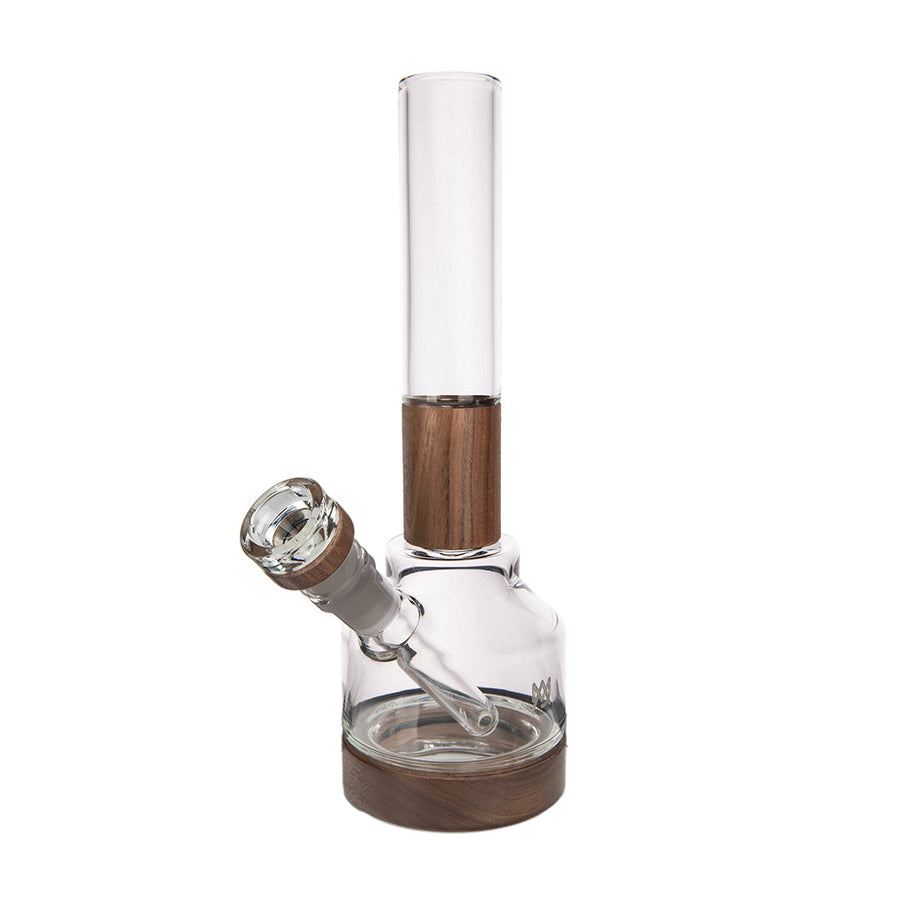
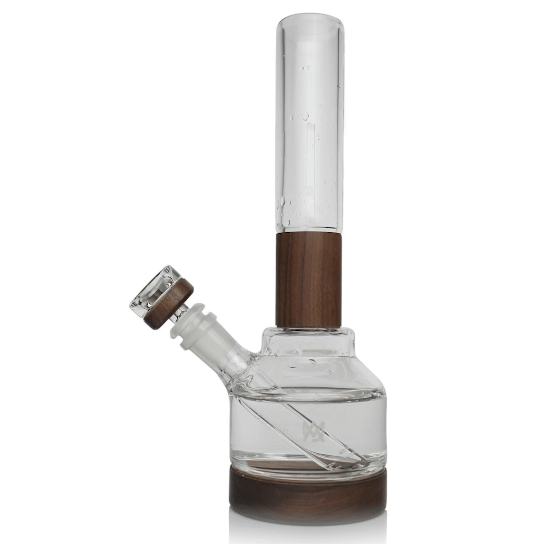
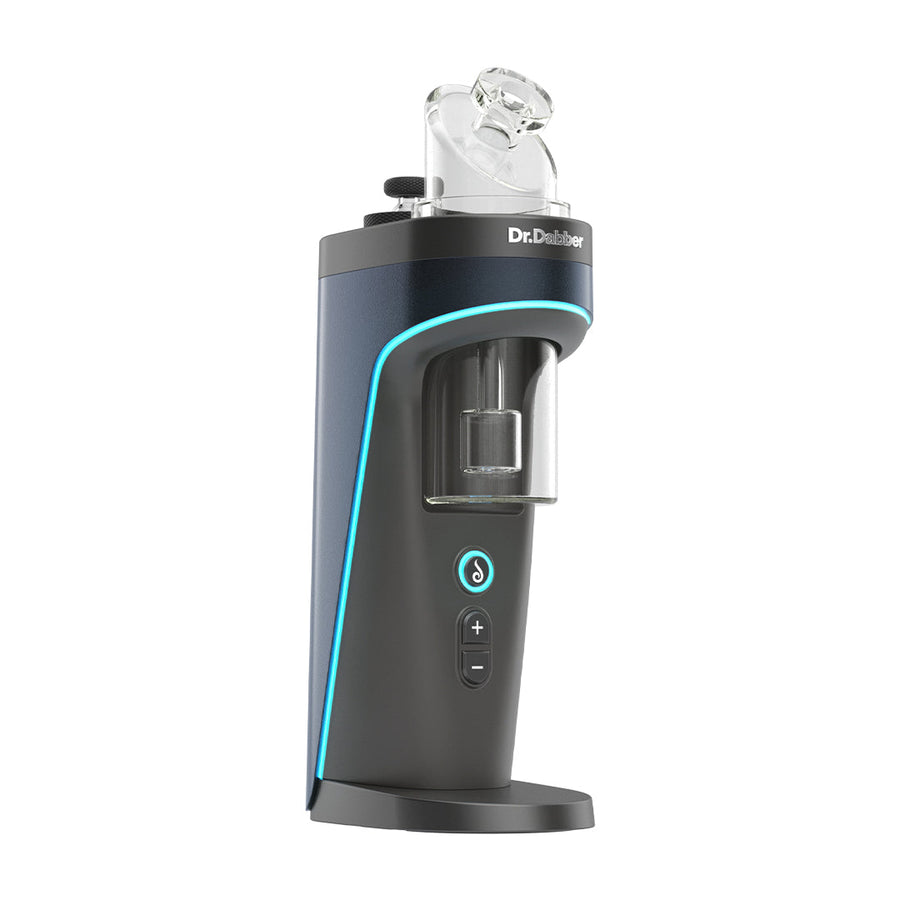
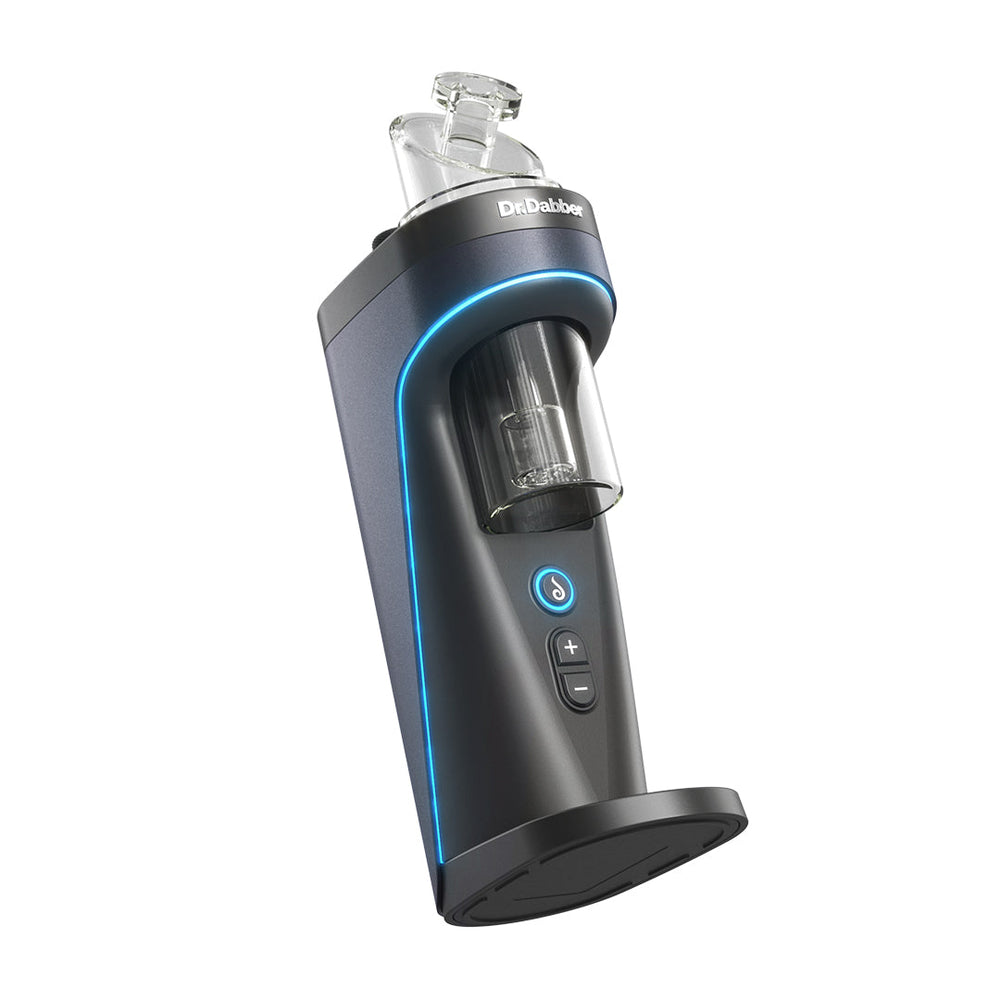
![Vessel Helix Pipe [Copper] - Headshop.com](http://www.headshop.com/cdn/shop/files/ad3c0443-b76d-4fe5-84b8-a617dd50a950.jpg?v=1747419387&width=900)
![Vessel Helix Pipe [Copper] - Headshop.com](http://www.headshop.com/cdn/shop/files/7b0e06e3-9106-4684-80e4-408362c34085.jpg?v=1747419388&width=1000)
![Vessel Wood Vape Pen Battery [White/Beechwood] + - Headshop.com](http://www.headshop.com/cdn/shop/files/4ecd5d0f-363a-454e-a7a0-229fb93bf456.jpg?v=1725470645&width=900)
![Vessel Wood Vape Pen Battery [White/Beechwood] + - Headshop.com](http://www.headshop.com/cdn/shop/files/d232e493-09e6-4574-b44c-3e2bde9425b4.jpg?v=1725470647&width=1000)
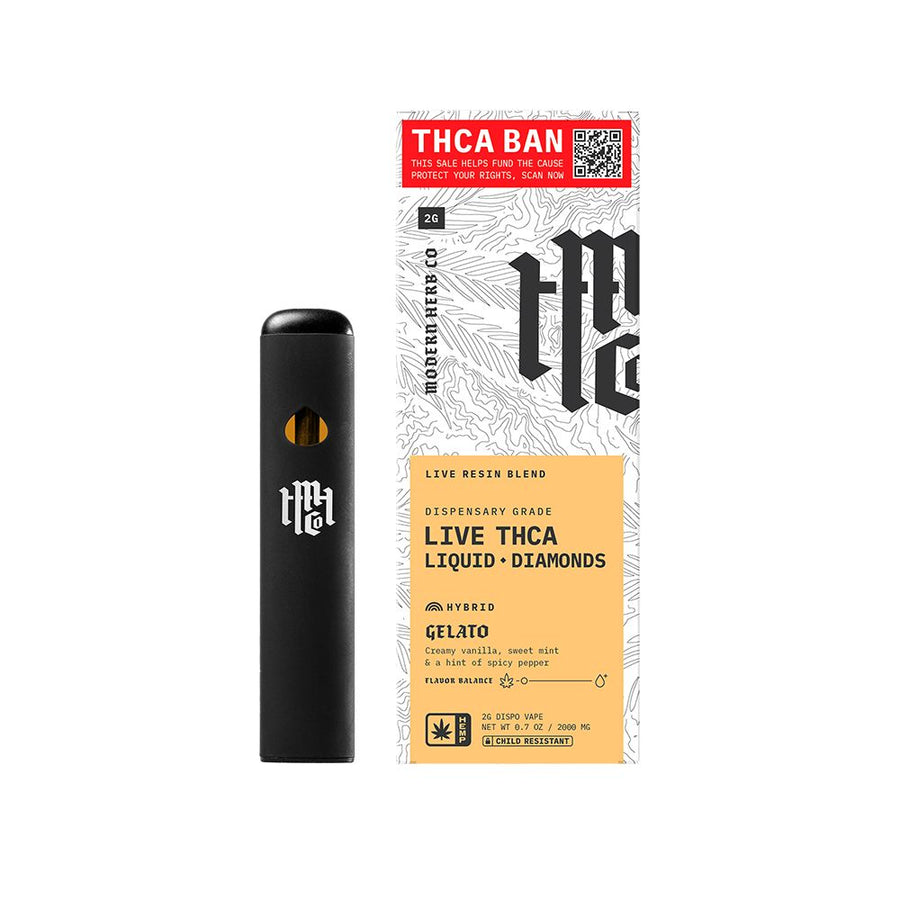
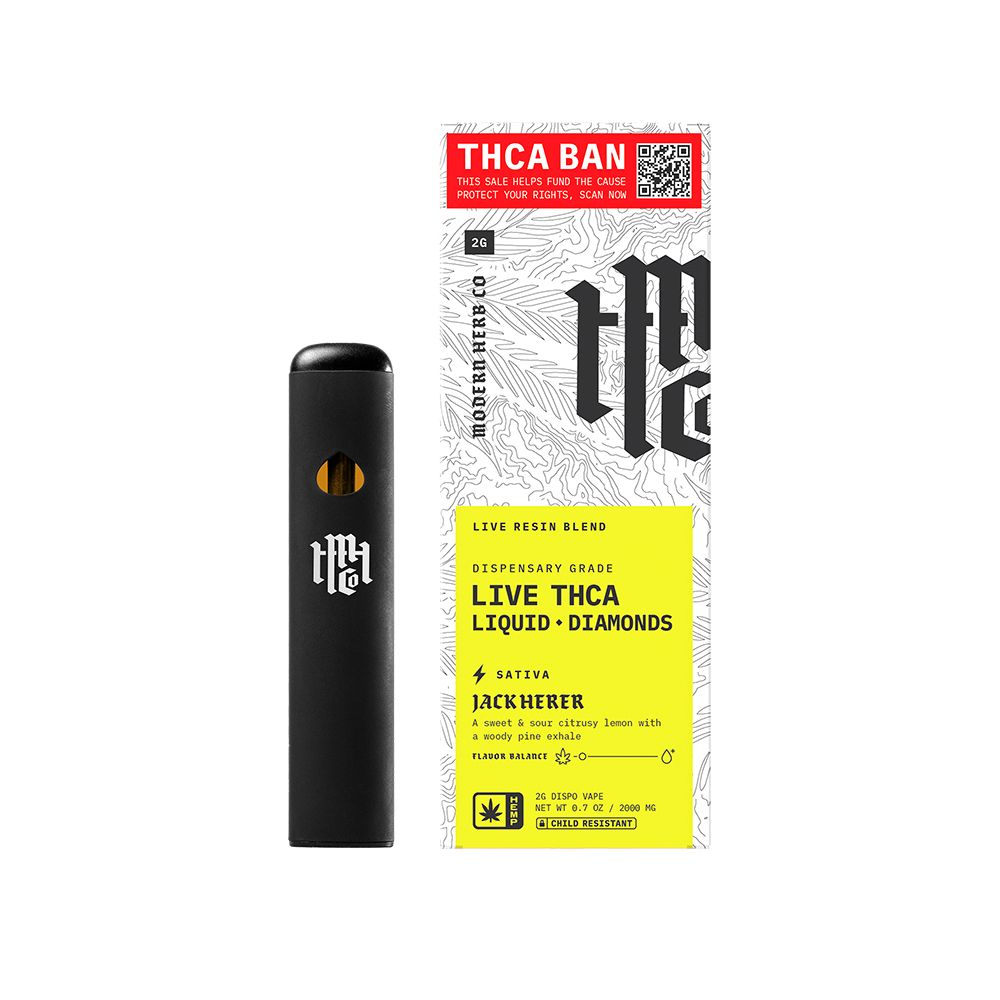
![Vessel Compass Apex Charger [Black] - Headshop.com](http://www.headshop.com/cdn/shop/files/f10e6bf4-6ce7-4a59-a50e-a4184f069754.jpg?v=1729115238&width=900)
![Vessel Compass Apex Charger [Black] - Headshop.com](http://www.headshop.com/cdn/shop/files/dce98c70-346c-405f-aca8-d59c7feed96d.jpg?v=1729115240&width=1000)


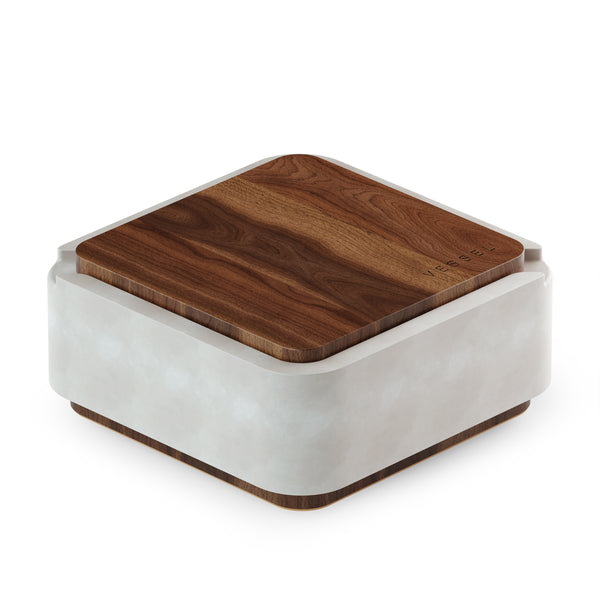
![Vessel Helix Pipe [Black] Vessel Helix Pipe [Black]](http://www.headshop.com/cdn/shop/files/Pipe_Black_Angle.jpg?v=1744306153&width=600)
![Vessel Pipe [Maritime] Vessel Pipe [Maritime]](http://www.headshop.com/cdn/shop/files/Pipe_Blue_Closed_982a0d7d-3acb-48ed-96ce-76b7acbe3677.jpg?v=1744306295&width=600)
![Vessel Element Hand Bubbler [Black] Vessel Element Hand Bubbler [Black]](http://www.headshop.com/cdn/shop/files/Element-Product-Listing-Images2.jpg?v=1744306952&width=600)
![Vessel Pipe [Emerald] Vessel Pipe [Emerald]](http://www.headshop.com/cdn/shop/files/231c9f1f-11ba-4db3-aa3d-29b786d02e7f.jpg?v=1744745505&width=600)
![Vessel Pipe [Maritime] - Headshop.com](http://www.headshop.com/cdn/shop/files/Pipe_Blue_Closed_982a0d7d-3acb-48ed-96ce-76b7acbe3677.jpg?v=1744306295&width=900)
![Vessel Pipe [Maritime] - Headshop.com](http://www.headshop.com/cdn/shop/files/Pipe_Blue_Open_d28f56b9-f5af-45fe-9636-ae8f20aec6f3.jpg?v=1744306297&width=1000)
![Vessel Pipe [Emerald] - Headshop.com](http://www.headshop.com/cdn/shop/files/231c9f1f-11ba-4db3-aa3d-29b786d02e7f.jpg?v=1744745505&width=900)
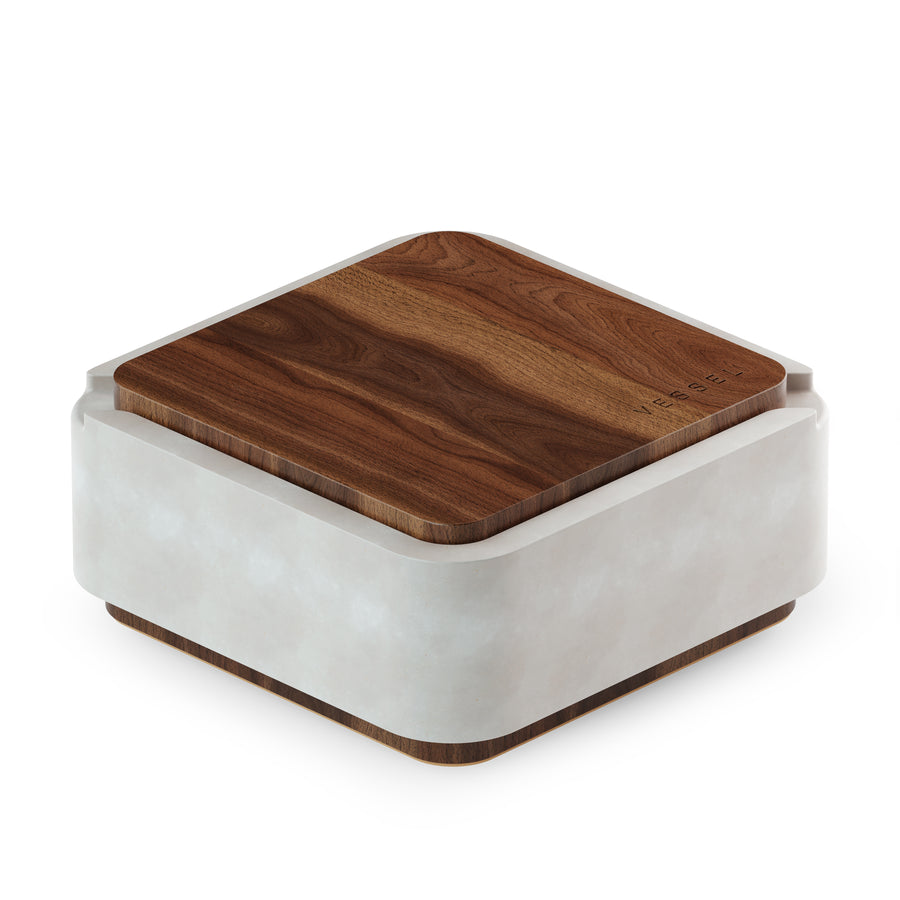
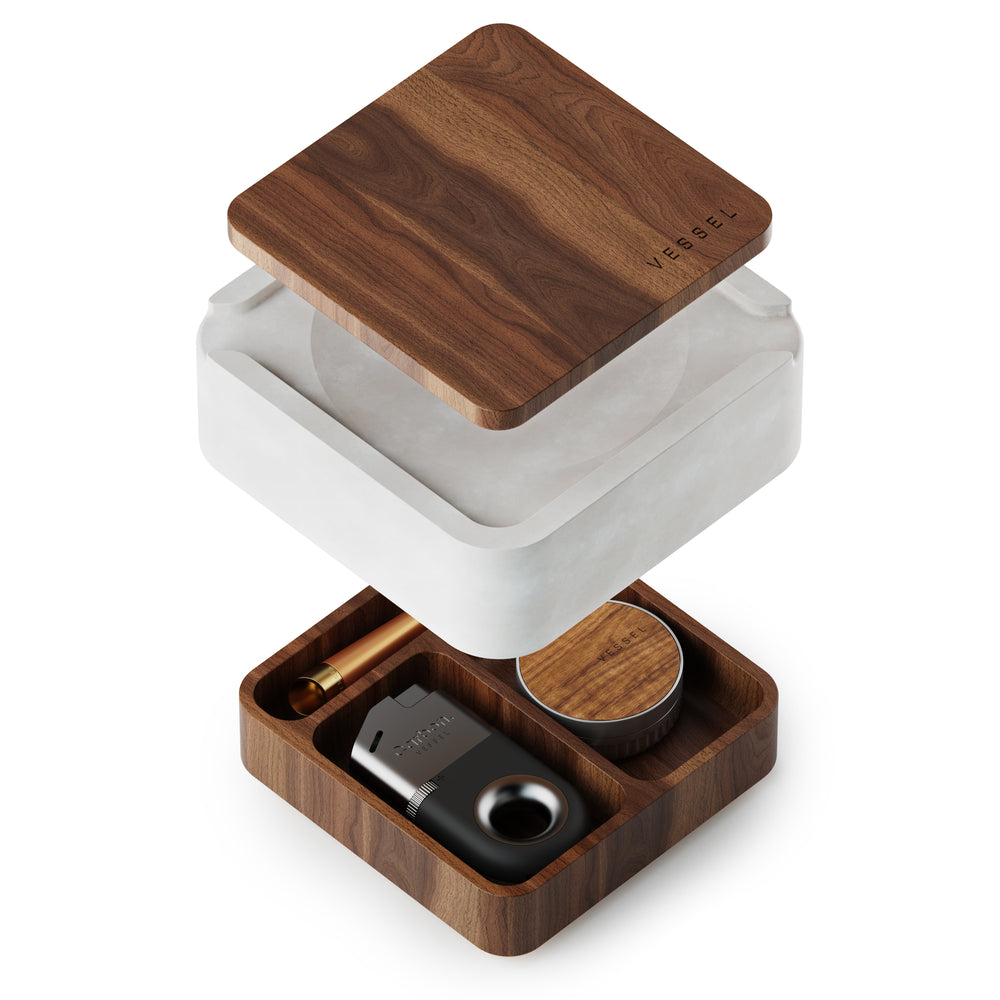
![Vessel Compass Rise [Obsidian] - Headshop.com](http://www.headshop.com/cdn/shop/files/631009c0-e68c-4238-9a63-73f14dd1117f.jpg?v=1717545548&width=900)
![Vessel Compass Rise [Obsidian] - Headshop.com](http://www.headshop.com/cdn/shop/files/a12c8ff4-4bee-4dc9-b697-542f6130e46e.jpg?v=1717609092&width=1000)

